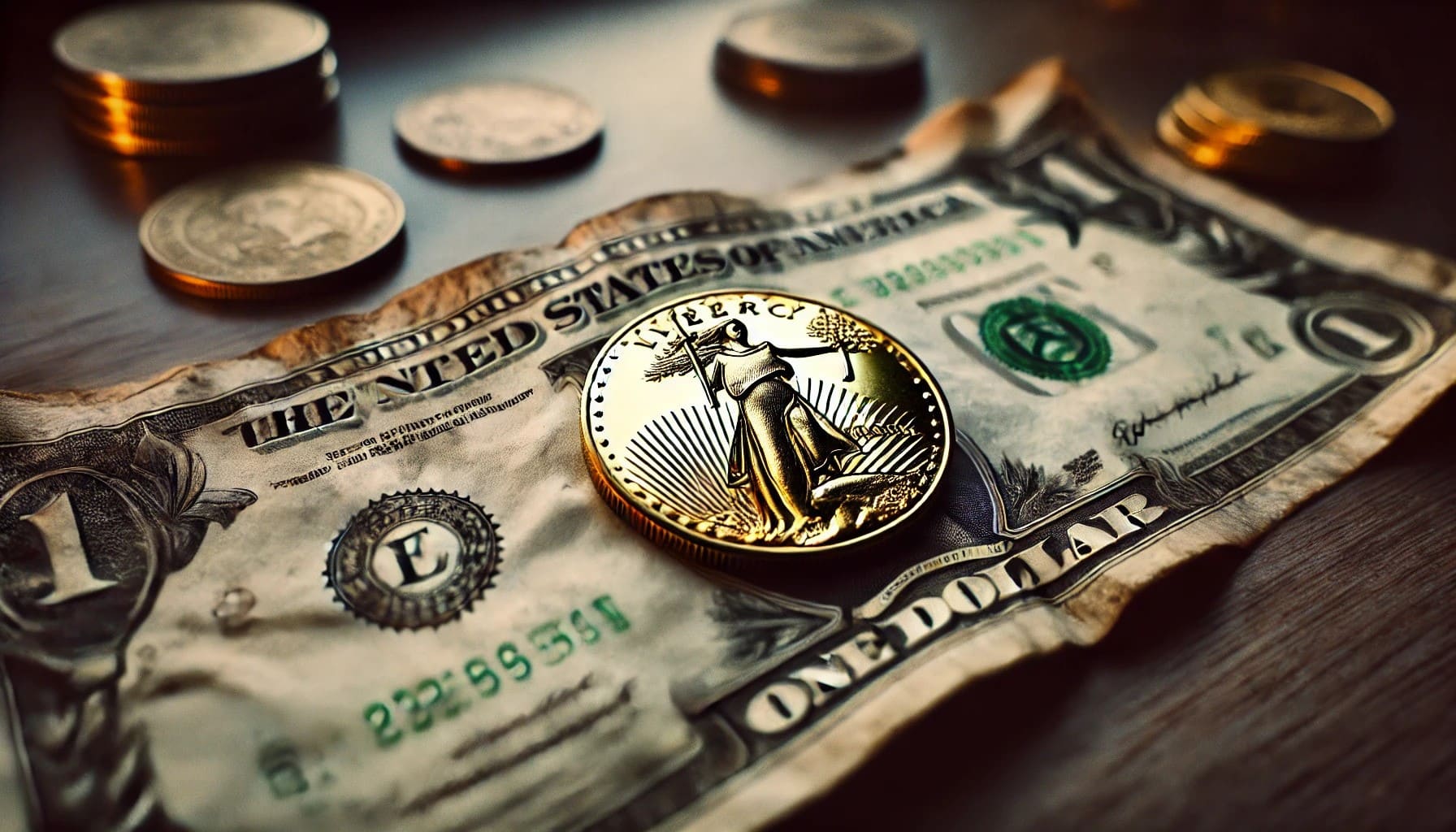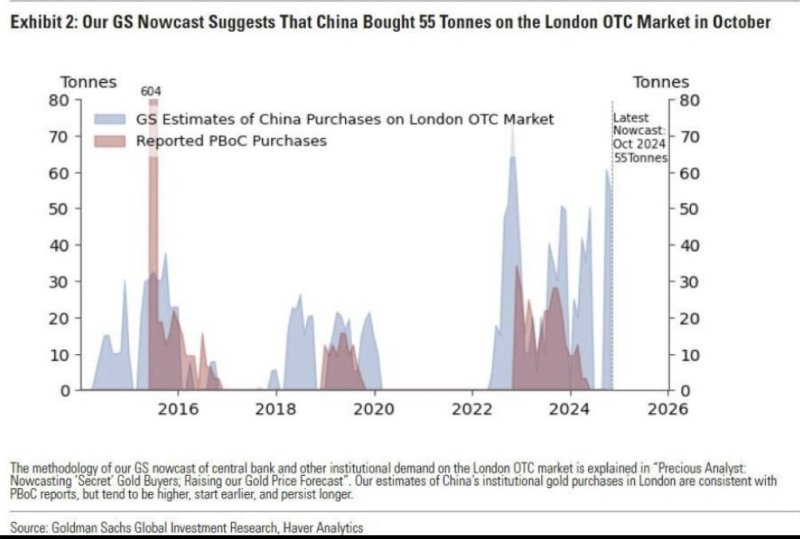In the latest episode of the Money Metals Midweek Memo podcast, host Mike Maharrey dived into the ongoing impacts of inflation, Federal Reserve policies, and the latest developments in the gold and silver markets.
Maharrey opened the discussion with an analogy comparing the Federal Reserve’s denial of responsibility for inflation to a guilty child refusing to admit wrongdoing. He emphasized that, despite attempts to blame external factors like “Putin” or “greedy corporations,” the Fed’s policies have undeniably contributed to rising inflation.
Inflation and Interest Rate Cuts
Maharrey addressed a common misconception: that inflation has been “fixed.” He pointed out that many believe rate cuts are on the horizon, with some speculating a half-percent cut could occur as early as September. This expectation has fueled surges in gold prices, as investors anticipate a return to easier monetary policies. Maharrey underscored that this optimism about rate cuts has contributed to gold setting new records.
On Friday of the previous week, gold prices hit a significant milestone when a 400-ounce bar of gold surpassed $1 million for the first time ever. The price of gold reached $2,500 per ounce, and by Tuesday, it climbed even higher to $2,531 per ounce, before retreating slightly. Overall, gold prices have risen by over 22% this year, reflecting the weakening U.S. dollar and growing investor interest.
Dollar Weakness and Gold’s Rise
Maharrey explained that the surge in gold prices is not just about the metal becoming more expensive but also a result of the weakening dollar. The U.S. dollar hit a seven-month low recently, driven by expectations of a pivot to easier monetary policy by the Fed. As the Fed potentially increases the money supply, each dollar loses value, making gold more expensive in dollar terms. Maharrey emphasized that this is a direct consequence of inflationary monetary policies.
Federal Reserve’s Quiet Moves and Balance Sheet Concerns
The podcast also touched on the Federal Reserve’s recent actions to quietly taper its balance sheet reduction, a move that started back in June. Maharrey pointed out that the Fed has only wound down about $1.6 to $1.7 trillion of the $4.5 trillion added to its balance sheet during the pandemic, leaving most of the inflationary impact still circulating in the economy.
Global Gold Demand and Central Bank Actions
Maharrey highlighted the role of global demand in driving gold prices, particularly from China and India, the world’s largest gold consumers. The People’s Bank of China recently increased gold import quotas for commercial banks, signaling a potential resurgence in demand despite high prices. Similarly, Indian gold demand has surged following a reduction in import taxes in late July. These trends further support the bullish outlook for gold.
Silver’s Undervalued Position
Silver also saw a significant increase, rising about 16% since the previous Wednesday, nearing the $30 per ounce level. Despite this gain, the gold-to-silver ratio remains at around 85:1, indicating that silver is still historically undervalued compared to gold. Maharrey pointed out that silver often outperforms gold during bull markets and that the metal’s industrial demand, particularly in the solar energy sector, continues to grow. With three consecutive years of market deficits, silver’s supply constraints further bolster its bullish outlook.
Misconceptions About Inflation
Maharrey emphasized that, despite recent cooling in the Consumer Price Index (CPI), inflation remains an ongoing issue. He debunked the myth that inflation is “over” or that prices are decreasing, explaining that inflation merely refers to the rate of price increases slowing down, not prices themselves dropping. Even if inflation rates cool, prices are still rising, albeit more slowly.
Maharrey also criticized the Federal Reserve’s 2% inflation target, calling it an arbitrary figure with no real scientific basis. He highlighted how this policy effectively devalues the dollar over time, leading to a loss of purchasing power.
The Need for Real Money
 Concluding the episode, Maharrey urged listeners to protect their wealth by converting devaluing dollars into real money—gold and silver. With inflation likely to persist as a matter of policy, he recommended that investors consider adding precious metals to their portfolios to safeguard against the ongoing erosion of the dollar’s value.
Concluding the episode, Maharrey urged listeners to protect their wealth by converting devaluing dollars into real money—gold and silver. With inflation likely to persist as a matter of policy, he recommended that investors consider adding precious metals to their portfolios to safeguard against the ongoing erosion of the dollar’s value.
For those interested in exploring their options, Maharrey suggested reaching out to Money Metals Exchange for guidance on which products might best suit their investment goals.
Key Takeaways:
- Gold prices hit historic highs, with a 400-ounce bar surpassing $1 million as gold tops $2,531 per ounce.
- The weakening U.S. dollar, driven by expectations of easier monetary policy, has fueled surges in gold prices.
- Silver remains historically undervalued, with rising industrial demand and supply constraints supporting a bullish outlook.
- Despite perceptions that inflation has been “fixed,” prices continue to rise, albeit at a slower pace.
- Investors are encouraged to protect their wealth by converting dollars into precious metals as inflationary policies persist.
Read the full article here












Leave a Reply